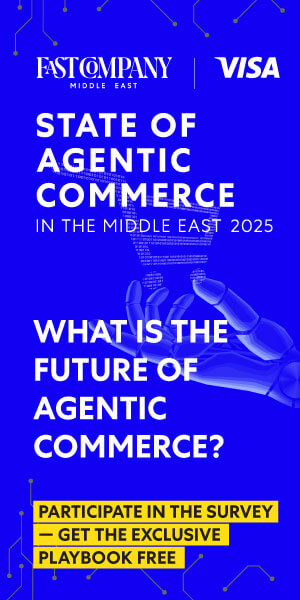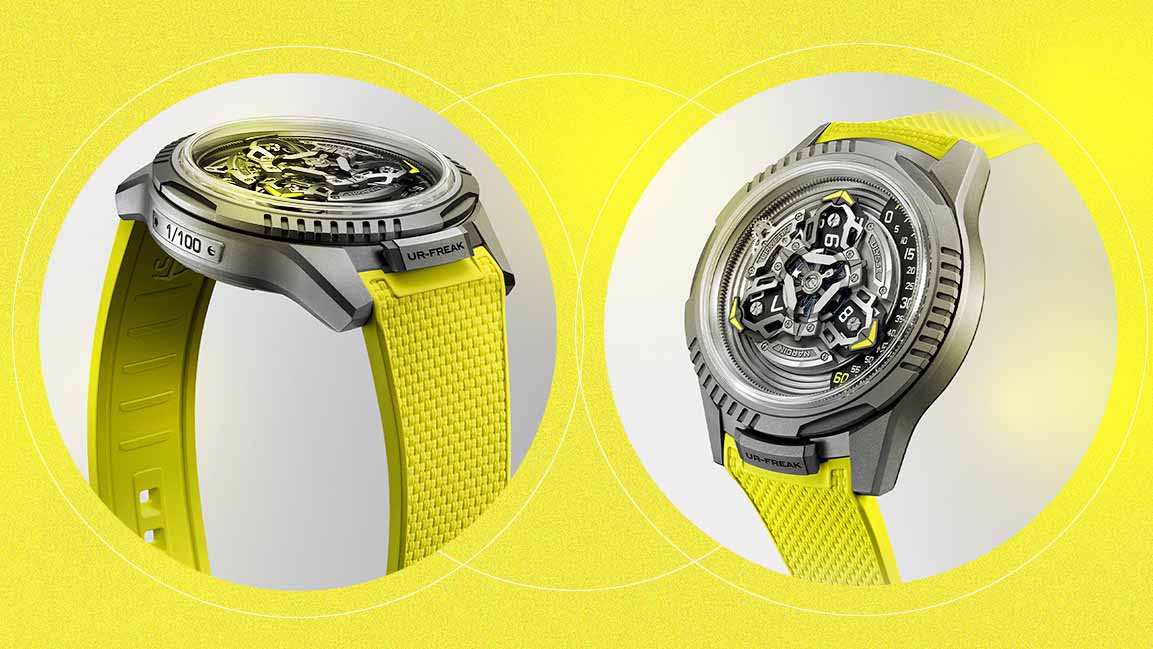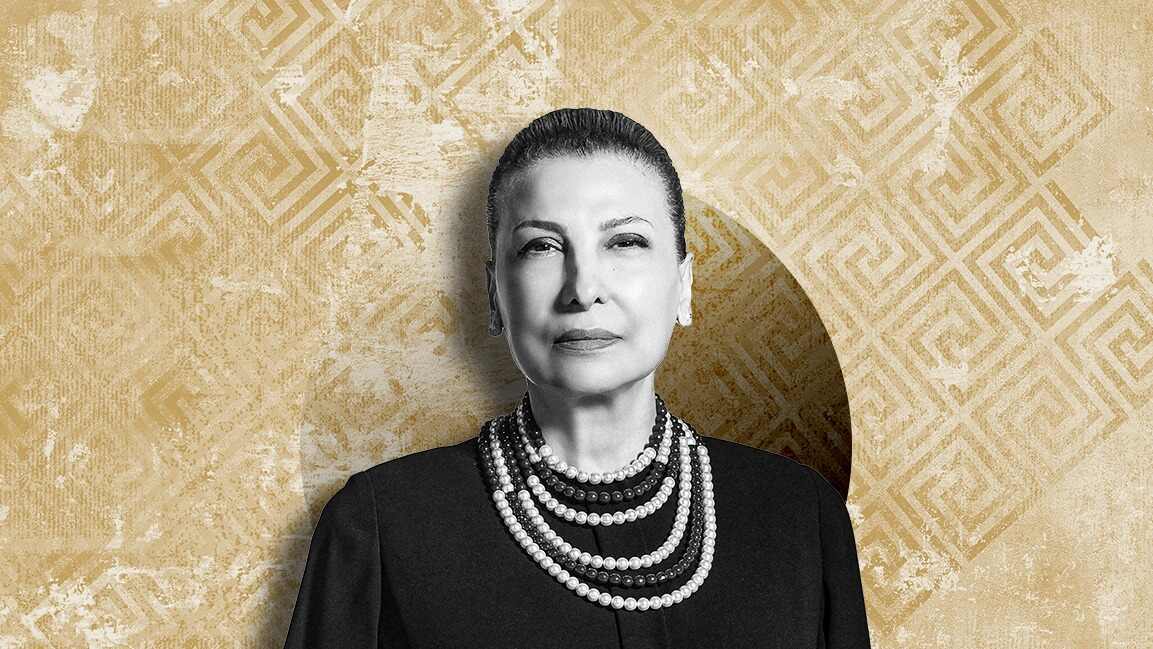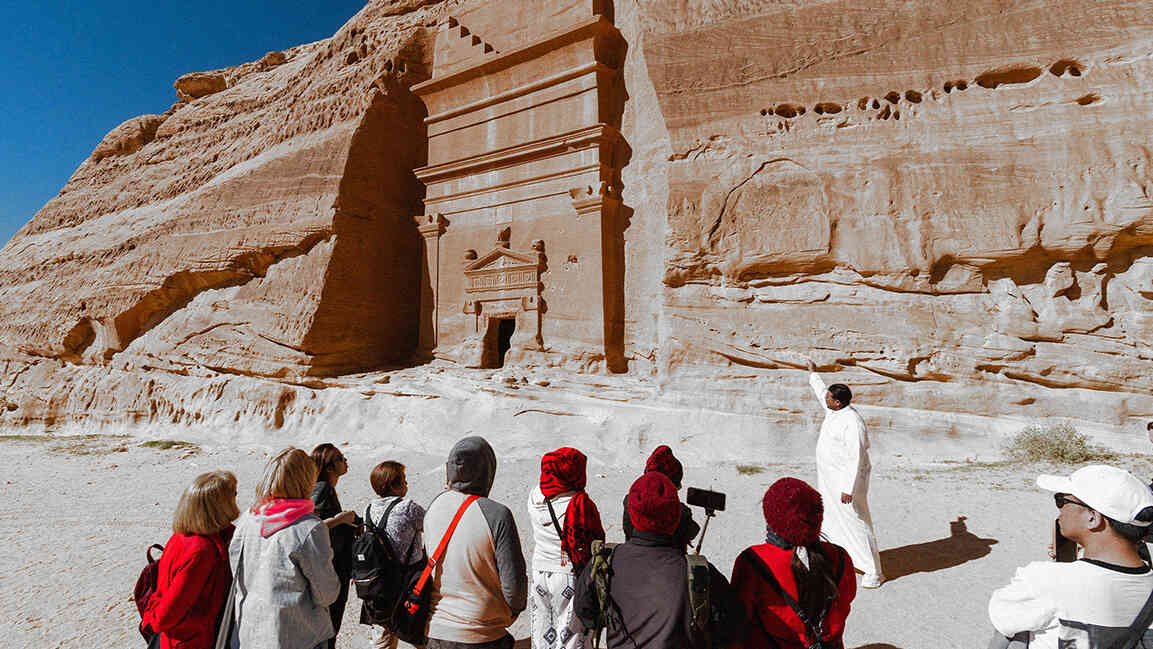- | 9:00 am
To make an impact, brands in the Middle East must tell a compelling story
Consumers today seek stories they can relate to—not just the products

Remember when DHL became a household name after its 2011 rebranding campaign, which featured Chimène Badi and Billy Paul’s iconic rendition of Ain’t No Mountain High Enough? In 60 seconds, the German logistics provider transformed into “a force at work that helps businesses of all sizes” and imbued the world with “yellow” by reinventing the oft-repeated narratives linked to the logistics sector.
That’s the power of impactful storytelling.
In a market where every brand strives for consumer attention, creating a meaningful connection with audiences goes beyond selling products or services. It’s about weaving compelling stories, being innovative, and forging impactful partnerships.
THE POWER OF STORYTELLING
“Storytelling is the heartbeat of a brand—it transforms a company from a service provider into a living, breathing ecosystem that people feel a part of,” says Sherizan Sheikh, Chief of Design at Botim.
Forging an emotional bond with consumers is non-negotiable in today’s competitive retail arena. Jamie Atherton, Founder of I’ll Write You Letters (IWYL), says storytelling acts as the invisible string that ties consumers to brands, they are loyal to. “People need a reason, now more so than ever.”
He emphasizes that consumers today seek stories they can relate to—not just the products themselves.
Further emphasizing storytelling’s human element, noting that it humanizes a brand and fosters deep emotional connections, Kelly Lundberg, Personal Branding Strategist and Founder of BrandYOU Creators, says, “People buy from people, and stories create that emotional connection.” She recalls how, during the pandemic, consumers became more invested in buying from local businesses because of their stories—stories of struggle, resilience, and survival.
Lundberg highlighted the example of Warby Parker, which used its story of social impact—specifically, its “Buy a Pair, Give a Pair” program—to stand out. “Their commitment to accessibility and social responsibility transformed them into a beloved brand,” she says, demonstrating how a powerful story can resonate deeply with consumers and create a sense of purpose.”
STAYING RELEVANT
In a highly competitive market, staying relevant requires responding to trends and anticipating and shaping them.
Sheikh highlights that Botim’s evolution into an Ultra App wasn’t simply reactive but proactive. “We didn’t wait for someone else to build the solution; we built it ourselves,” he says, adding that Astra Tech is positioning itself as a leader in providing digital ecosystems by innovating and anticipating user needs.
Atherton, too, focuses on staying relevant through innovation, but he adds a personal touch. “Staying relevant comes down to listening, innovating, and adapting,” he says. It’s crucial to pay attention to what resonates with the audience on social media and adapt content accordingly. For Atherton, this means creating engaging content that hooks the viewer and keeps them engaged with a compelling story.
“Staying relevant isn’t about guessing; it’s about observing, learning, and evolving,” Lundberg adds. This attitude towards branding lends to the importance of authenticity. “When a brand consistently shares its journey, values, and the impact it’s making, it builds trust and loyalty over time.”
PARTNERSHIPS AND COLLABORATIONS
Collaborations are key to amplifying a brand’s reach and impact.
It is a way to offer new possibilities for consumers and expand a brand’s influence. Sheikh highlights key Astra Tech partnerships with Tencent Weixin Integration, which simplified remittances between the UAE and China, and its collaboration with Citi to bring global banking services to Botim. “The best partnerships don’t just combine two brands—they create something entirely new,” Sheikh adds.
Atherton says that IWYL’s collaborations with like-minded brands and creators have helped build a loyal and engaged community, “Collaborations have played a huge role in expanding my network and visibility.” He adds “the right collaboration can amplify reach and impact.”
Highlighting the power of partnerships to drive brand messaging and amplify visibility, Lundberg points to the Gucci x The North Face collaboration, which brought together two seemingly unrelated brands—couture and outdoor gear. “At first glance, these brands seem completely different—but their collaboration blended luxury with adventure, tapping into a younger, fashion-conscious audience,” she says.
Alignment, shared values, and a fresh perspective are key to a successful collaboration, adds Lundberg. “When done right, it doesn’t just boost visibility; it strengthens credibility and influence.”
Hundreds of brands come and go every year. What makes a brand stand the test of time is its ability to weave a story that connects with consumers, makes impactful collaborations, and pivots with evolving consumer trends.
“The brands that stand out don’t just sell products—they create belonging and transformation,” says Sheikh. Whether it’s through creating digital ecosystems that anticipate needs or telling authentic stories that resonate, successful brands engage consumers on a deeper level.
For Atherton, the key is to foster a community of emotionally invested believers in the brand’s journey. “Invest time into growing your community of believers,” he says. “Consumers want to know you stand for more than just a product—they want to know your brand is a part of their story.”
Fast Company Middle East’s Brands That Matter is an annual recognition that honors brands making a significant impact. For more information and to start your application, click here.








































